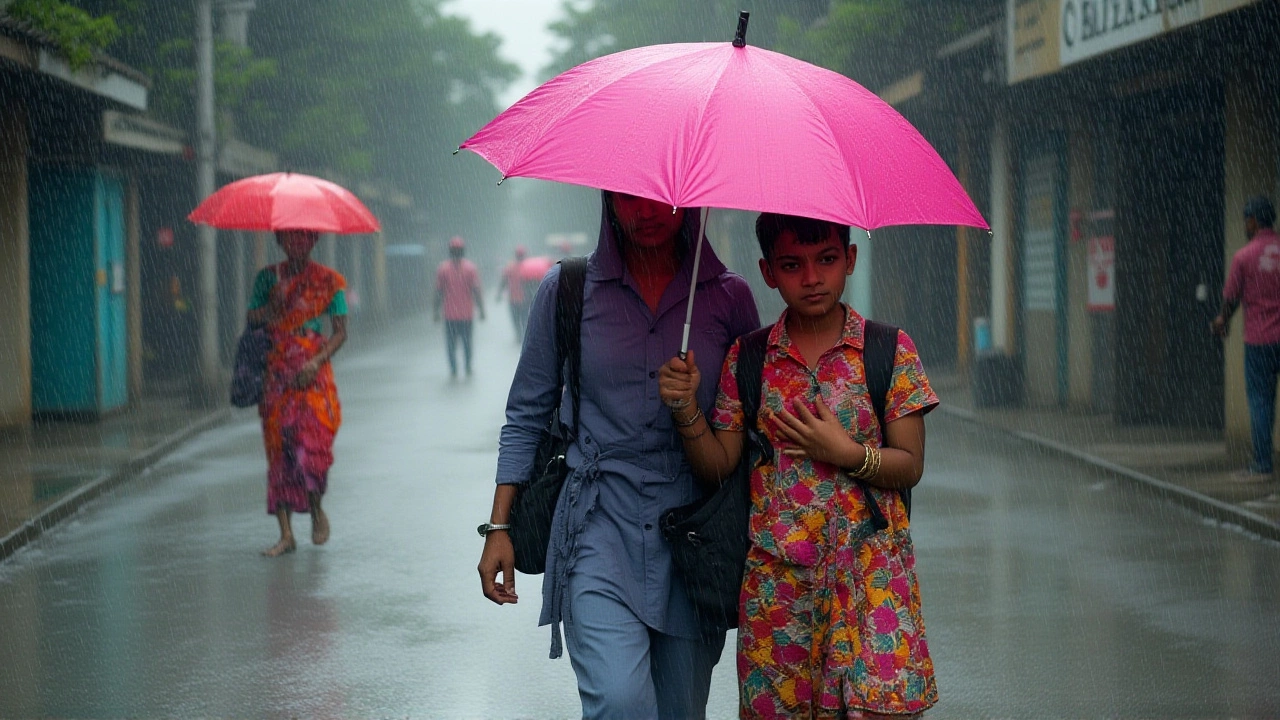Weather Alerts – Stay Ahead of the Storm
When dealing with weather alerts, instant notifications about hazardous atmospheric conditions such as storms, floods, extreme heat, or severe wind. Also known as storm warnings, they help individuals and businesses prepare for sudden changes. A meteorological data, measurements gathered from satellites, radars, ground stations, and buoys that track temperature, pressure, humidity, and wind speed feeds into forecast models, computer algorithms that simulate atmospheric dynamics to predict weather patterns from minutes to weeks ahead. When these models flag danger, emergency response, coordinated actions by authorities, utilities, and first‑responders such as evacuations, road closures, and power shut‑offs relies on the alerts to mobilize resources quickly. In short, weather alerts link accurate data, predictive tools, and on‑the‑ground actions to keep people safe and minimize disruption.
Why Weather Alerts Matter for Business, Sports and Everyday Life
Every sector feels the ripple effect of a timely warning. For logistics firms, a flood alert can reroute trucks before a highway becomes impassable, saving fuel and preventing late deliveries. Event organizers—whether they’re staging a cricket match in Dubai or a hockey final in Rajgir—use alerts to adjust schedules, protect equipment, and inform spectators, turning a potential disaster into a managed contingency. Retail outlets monitor heat‑wave alerts to stock cooling products, while factories watch wind‑speed warnings to secure rooftop structures and halt crane operations. The common thread is public safety, the overarching goal of keeping communities out of harm’s way, which drives insurance policies, regulatory compliance, and corporate continuity plans. By integrating alerts into daily workflows, companies reduce downtime, protect assets, and maintain customer confidence—especially when extreme weather events become more frequent.
Understanding how alerts are generated, who issues them, and what actions they trigger equips you to make smarter decisions, whether you’re managing a supply chain, planning a sports tournament, or simply deciding whether to carry an umbrella. Below you’ll find a curated mix of stories, analysis, and practical tips that show weather alerts in action across India’s fast‑moving business landscape. Dive into the collection to see real‑world examples, learn best practices, and discover how a simple notification can become a powerful tool for risk management and operational resilience.
IMD Issues Weather Alerts as Western Disturbance Hits North India
IMD warns of heavy rain, hail and flooding across Delhi-NCR, Bihar, Uttar Pradesh and the Himalayas as a Western Disturbance peaks on Oct 6, impacting millions.
